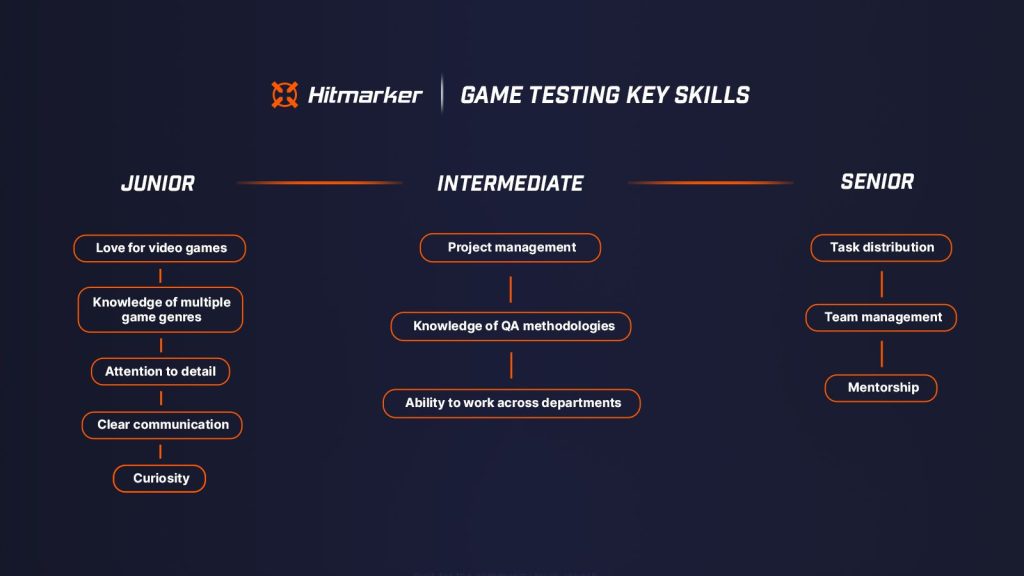
When it comes to developing a successful video game, quality assurance is a crucial step that cannot be overlooked. Game testing ensures that the final product is free from bugs, glitches, and other issues that could detract from the player’s experience. In this article, we will discuss some strategies for conducting effective quality assurance testing in the tech niche.
1. Establish Clear Testing Objectives
Before beginning the game testing process, it is important to establish clear objectives that outline what aspects of the game will be tested and how they will be evaluated. This will help focus the testing efforts and ensure that all relevant areas are thoroughly examined.
2. Create Test Cases
Developing test cases is an essential part of quality assurance testing. These test cases should cover a range of scenarios, from basic gameplay mechanics to more complex features. By systematically testing these cases, developers can identify and address any issues that may arise.
3. Utilize Automation Tools
Automation tools can help streamline the testing process and ensure that all aspects of the game are thoroughly examined. By automating repetitive tasks, testers can focus their efforts on more critical areas, leading to a more efficient and effective testing process.
4. Conduct Regression Testing
Regression testing is an essential part of quality assurance testing that involves retesting previously fixed bugs to ensure they have not reappeared. This is especially important as new features are added and changes are made to the game, as these updates can inadvertently introduce new issues.
5. Perform Compatibility Testing
Compatibility testing is crucial for ensuring that the game runs smoothly on a variety of devices and platforms. By testing the game on different hardware configurations, operating systems, and browsers, developers can identify any compatibility issues early on and make the necessary adjustments.
6. Gather User Feedback
User feedback is a valuable resource that can provide insight into how players are interacting with the game. By collecting feedback through surveys, focus groups, and playtesting sessions, developers can gain valuable insight into what aspects of the game are working well and what areas may need improvement.
7. Continuous Improvement
Quality assurance testing is an ongoing process that should continue throughout the development cycle and even after the game has been released. By continuously evaluating and improving the testing process, developers can ensure that the game meets the highest standards of quality and provides an engaging and immersive experience for players.
In conclusion, quality assurance testing is a critical step in the game development process that ensures the final product is free from defects and provides an optimal gaming experience for players. By implementing the strategies outlined in this article, developers can conduct effective quality assurance testing and deliver a high-quality game that meets the expectations of players in the tech niche.



